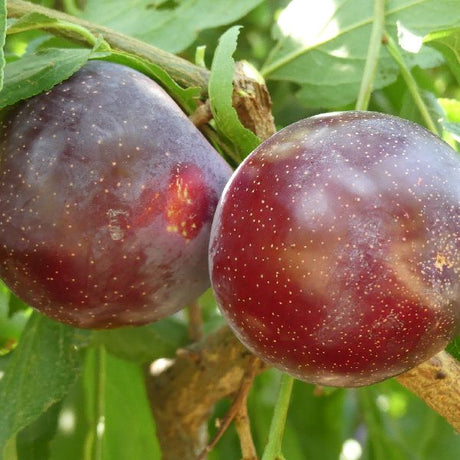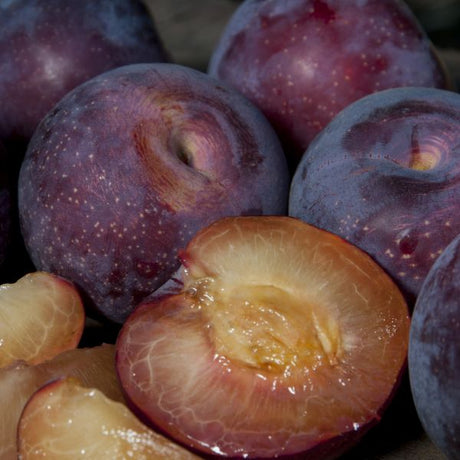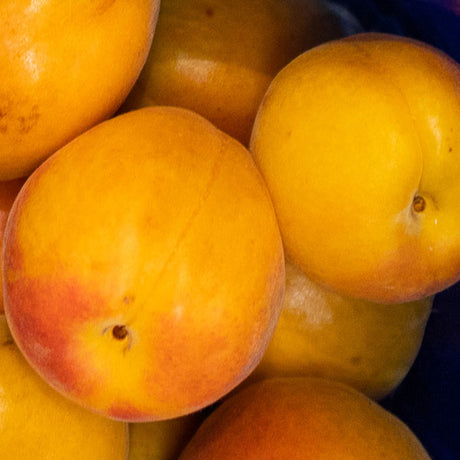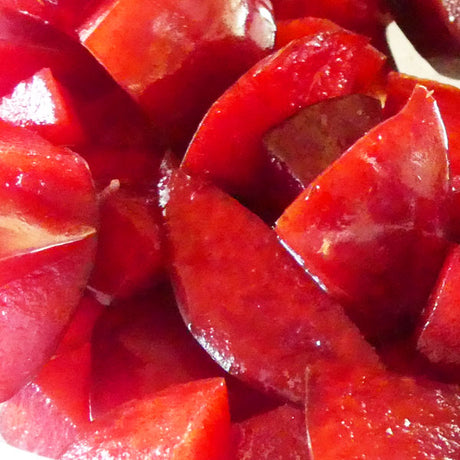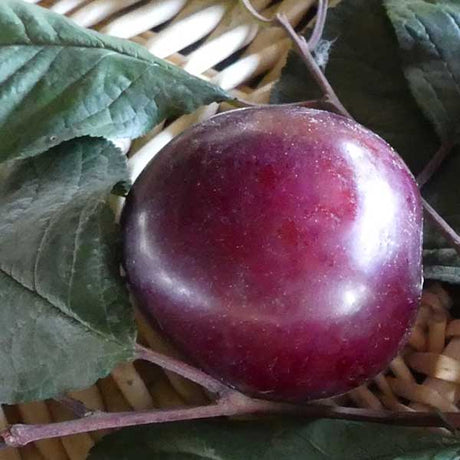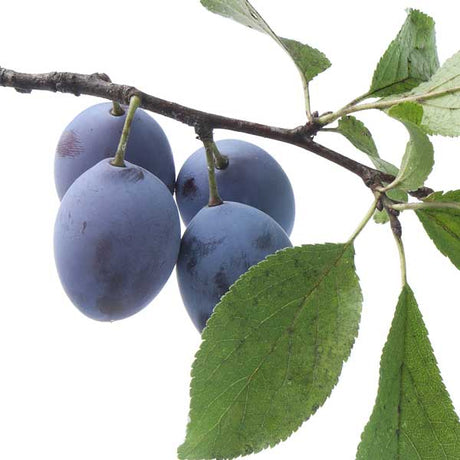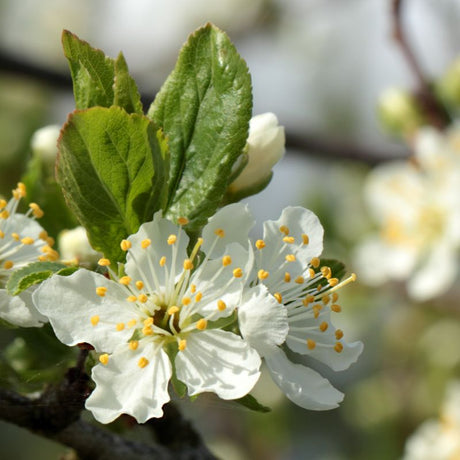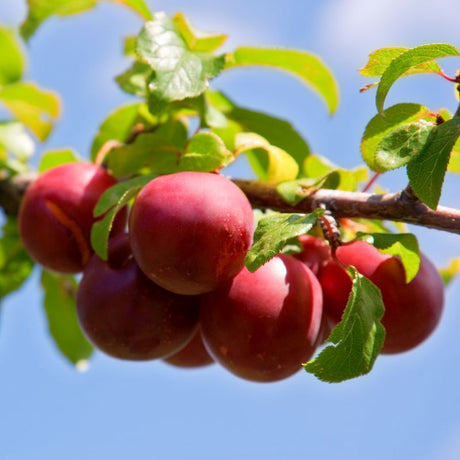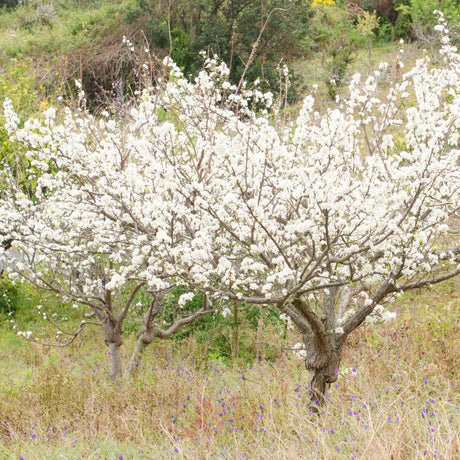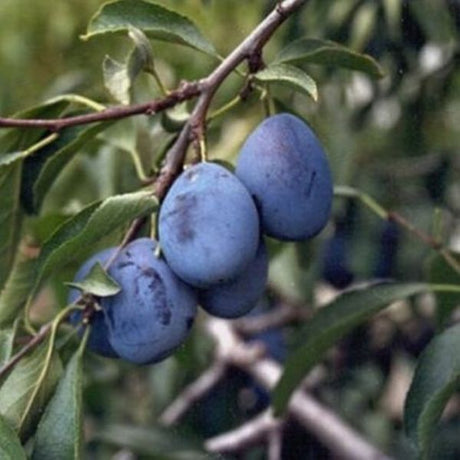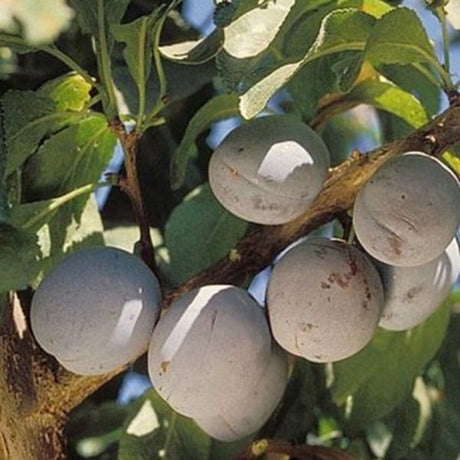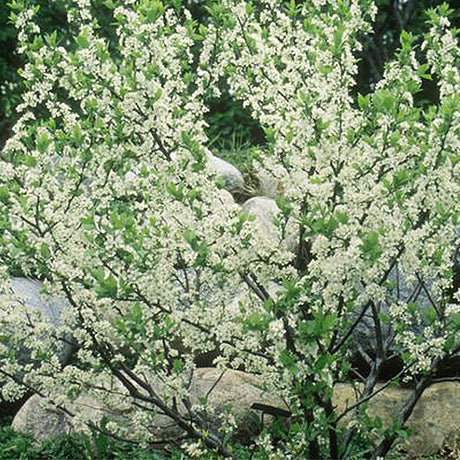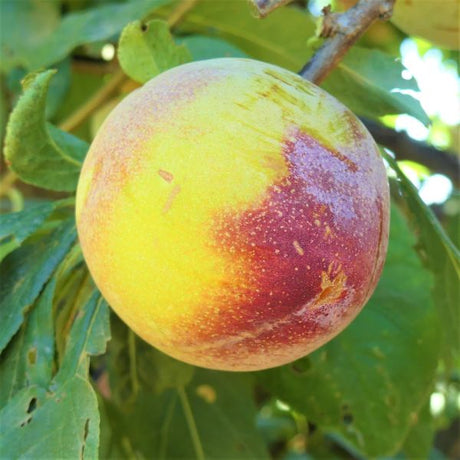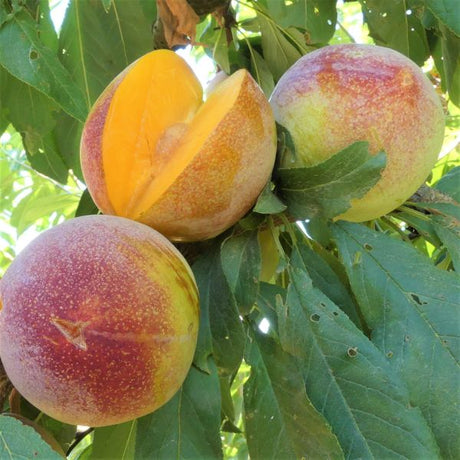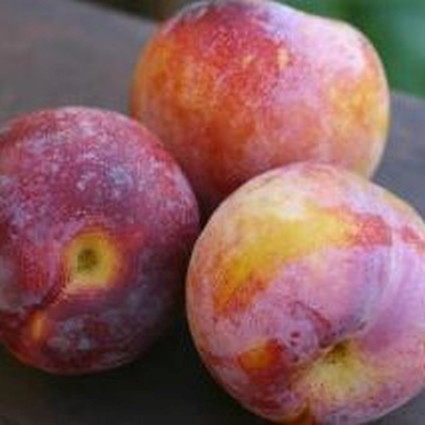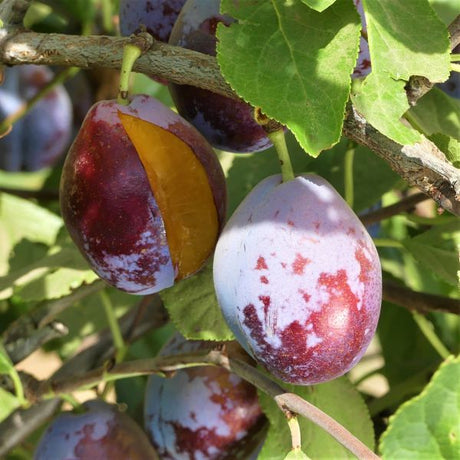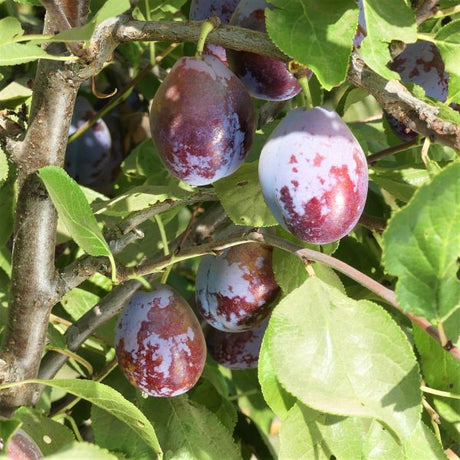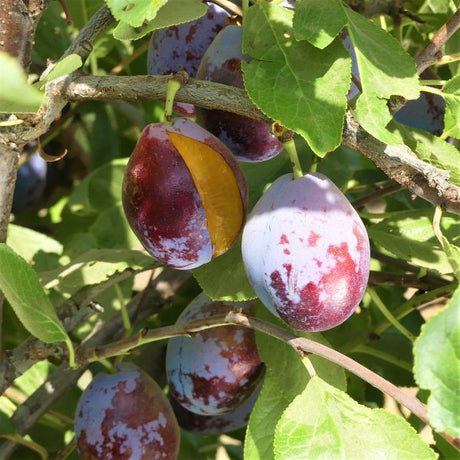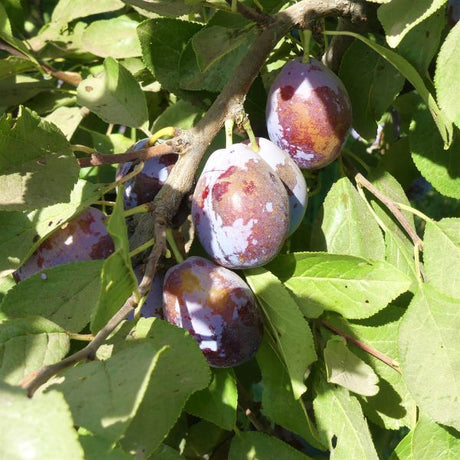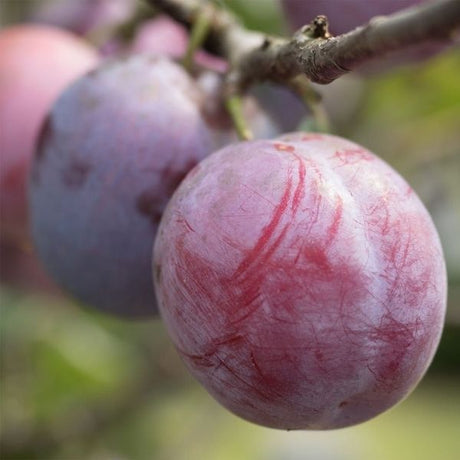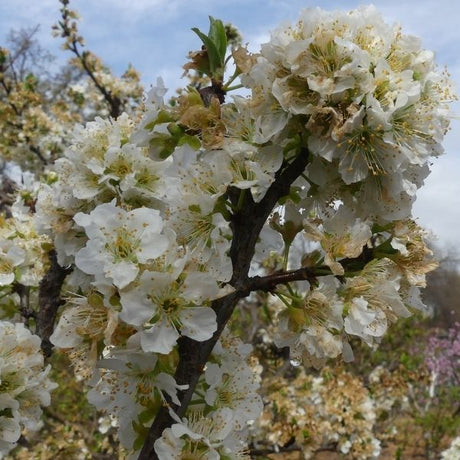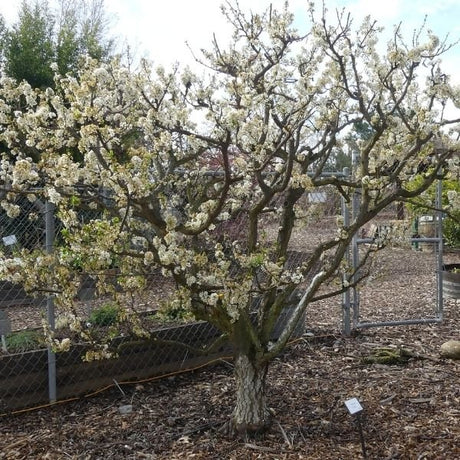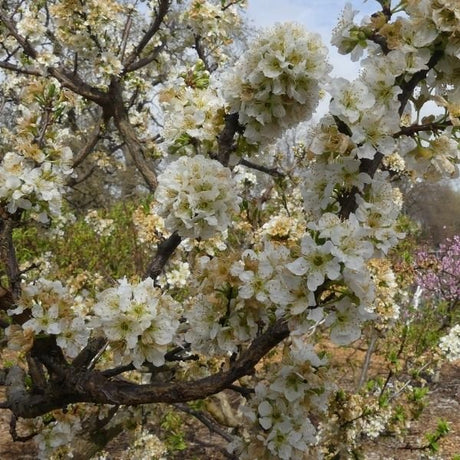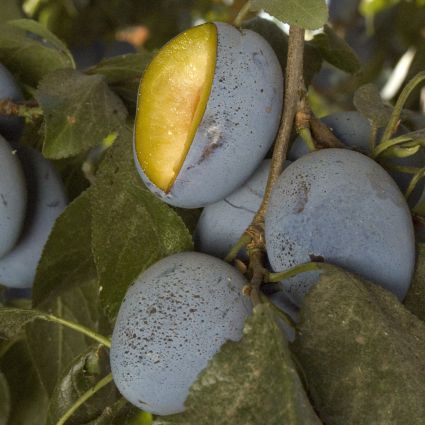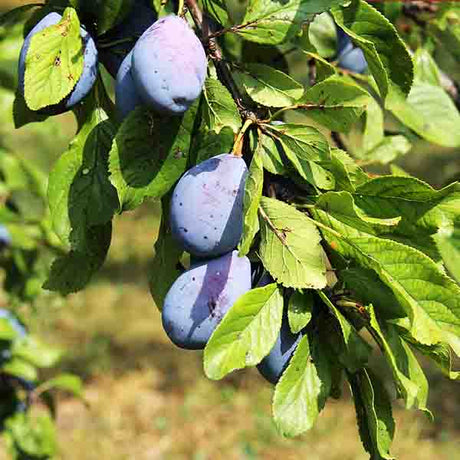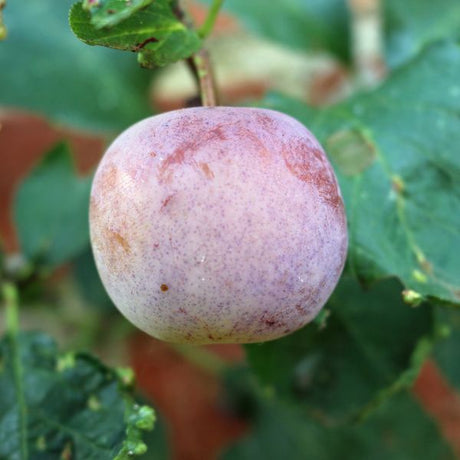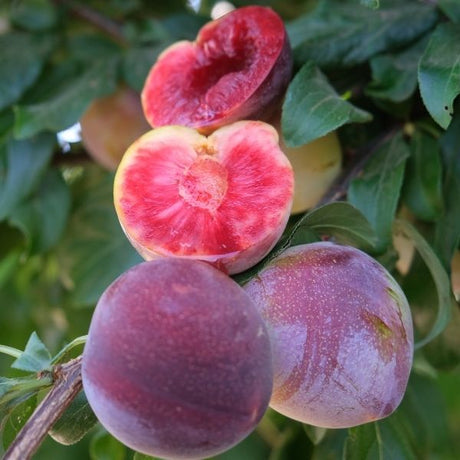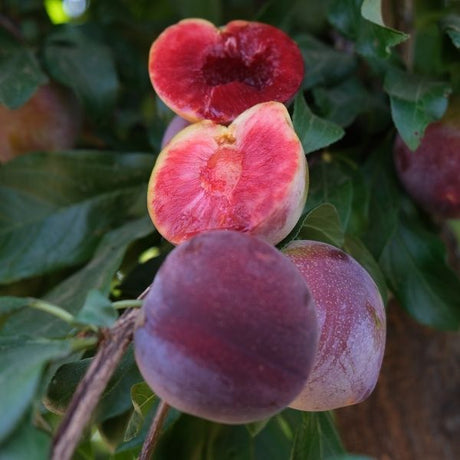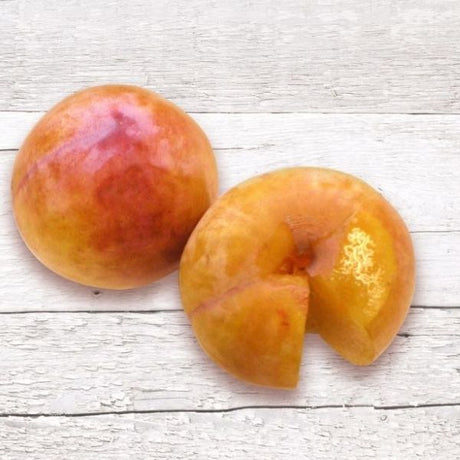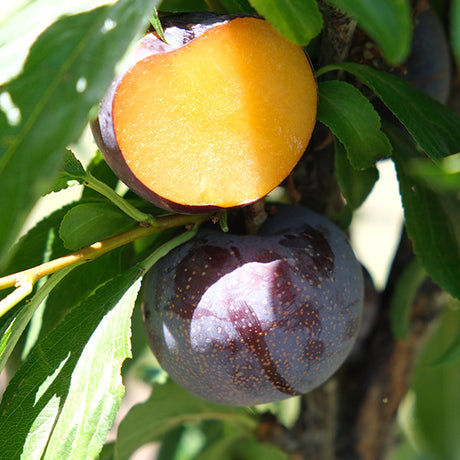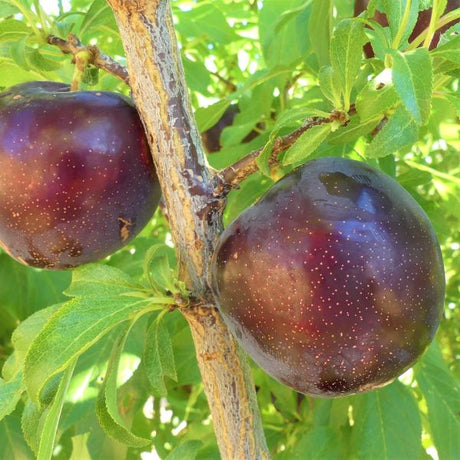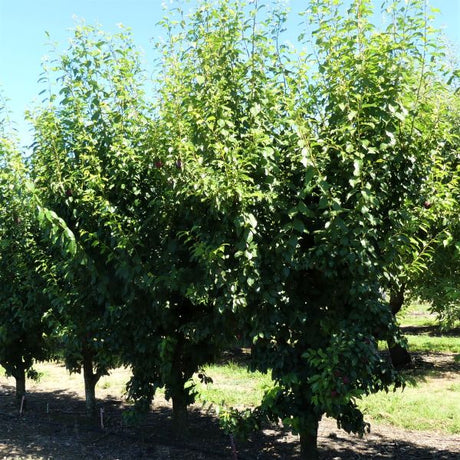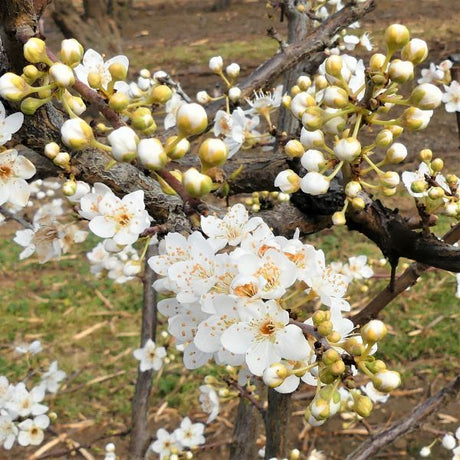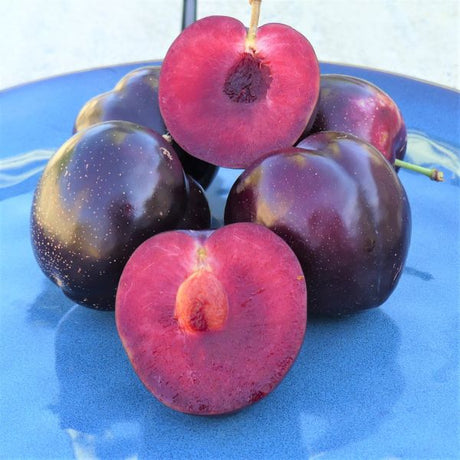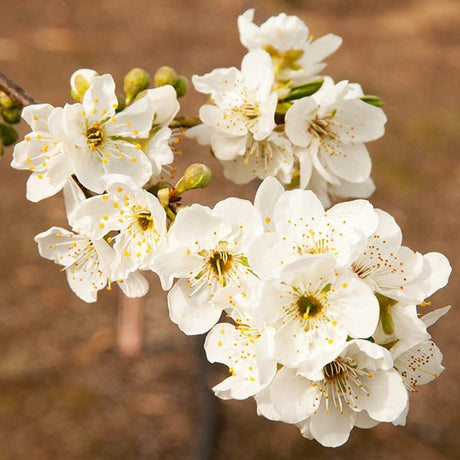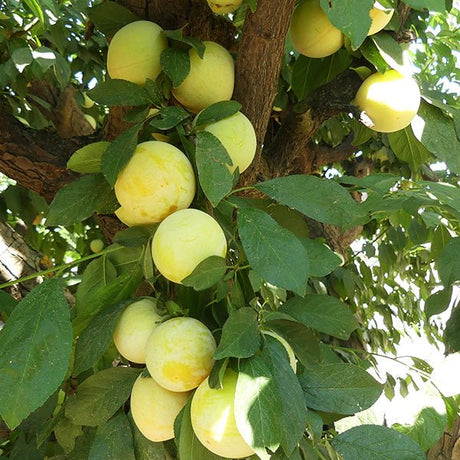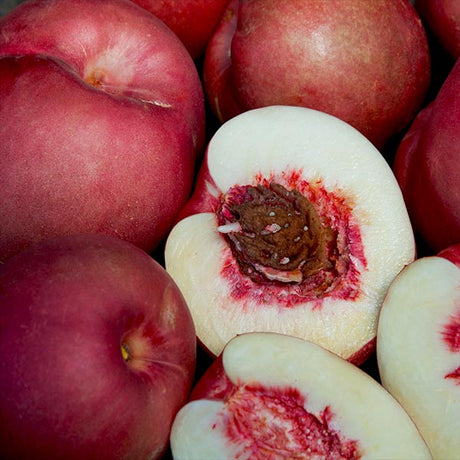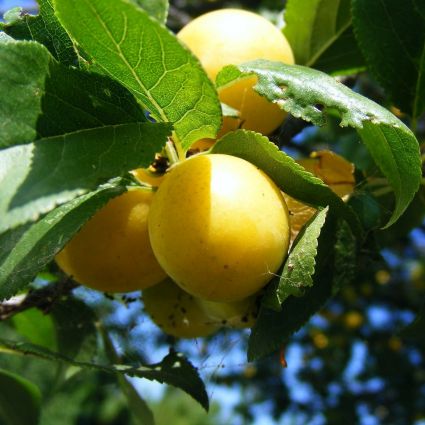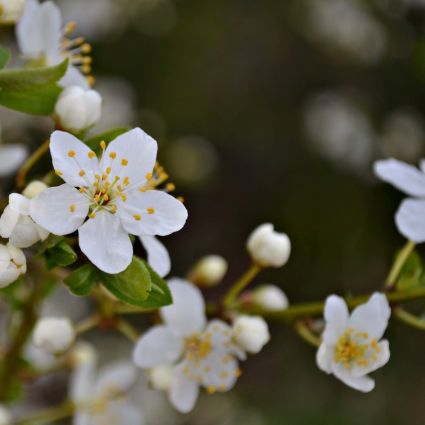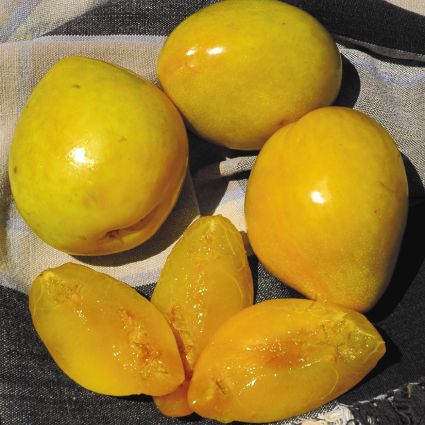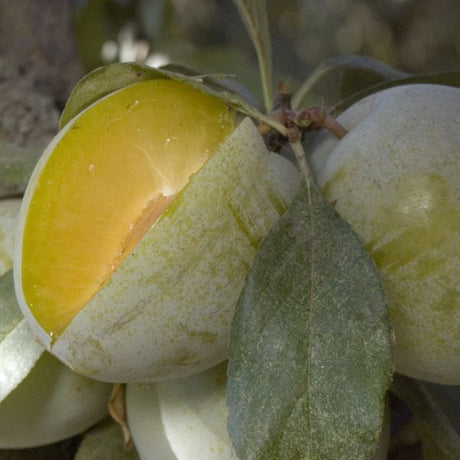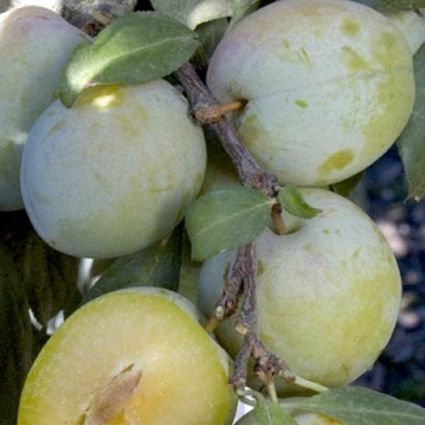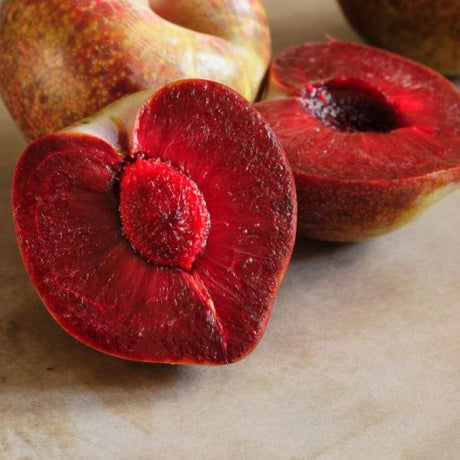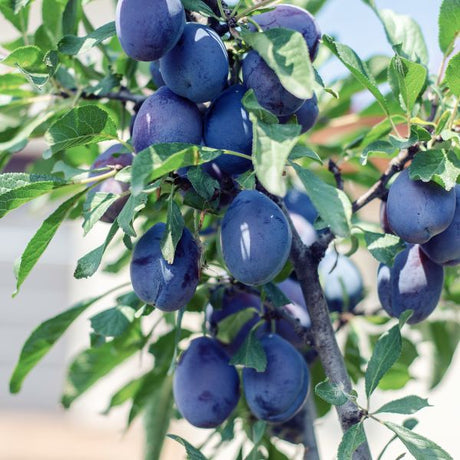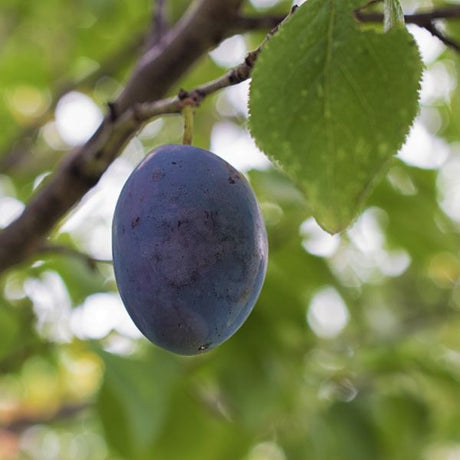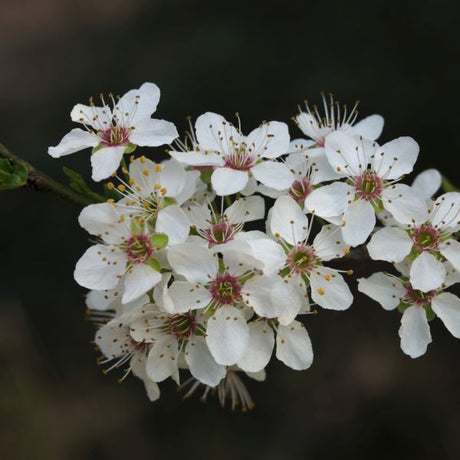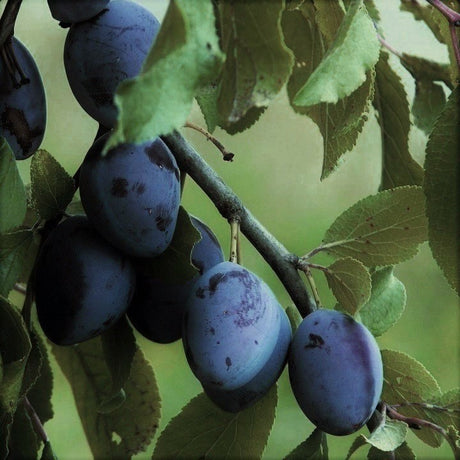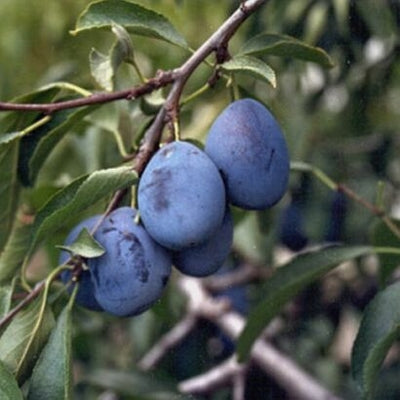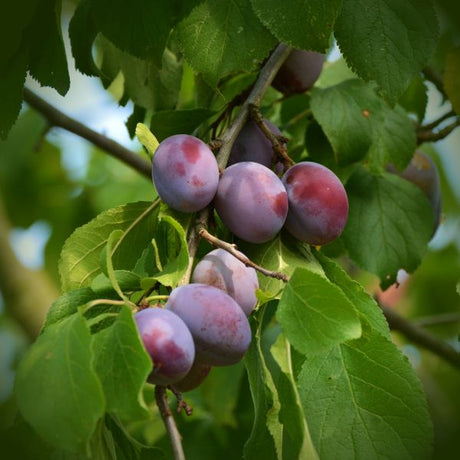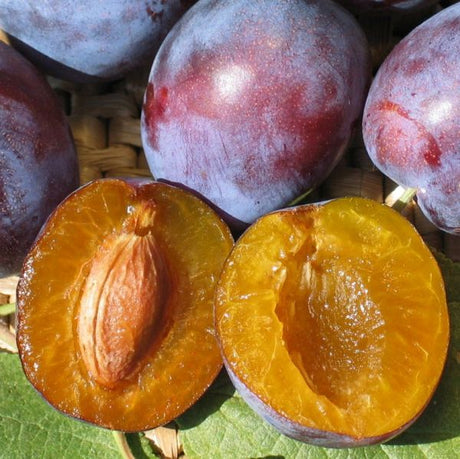- Up to 22% off
- Up to 19% off
- Up to 17% off
- Sold outUp to 18% off
- Sale price $11951 Regular price $12315Unit price /Unavailable
- Sold outUp to 18% offSale price From $6480 Regular price $7879Unit price /Unavailable
- Sold out5% off
French Improved European Prune Tree
Sale price $14995 Regular price $15750Unit price /Unavailable - Sale price $14964 Regular price $17822Unit price /Unavailable
- Sold out16% offSale price $14974 Regular price $17868Unit price /Unavailable
- Sold outUp to 12% offSale price From $14959 Regular price $15941Unit price /Unavailable
Reine Claude European Plum Tree
Sale price $17966 Regular price $18624Unit price /Unavailable- Sold out3% offSale price $14974 Regular price $15428Unit price /Unavailable
- Sale price $14974 Regular price $15487Unit price /Unavailable
- Sale price $14976 Regular price $17836Unit price /Unavailable
- Sold outUp to 7% off
- Sold out16% offSale price $24976 Regular price $29868Unit price /Unavailable
- Sale price From $16963 Regular price $17403Unit price /Unavailable
- Sold out5% offSale price $9955 Regular price $10486Unit price /Unavailable
- Sold outUp to 12% off
Elephant Heart Japanese Plum Tree
Sale price $14985 Regular price $17410Unit price /Unavailable- Sold outUp to 22% off
- Sold out7% offSale price $14984 Regular price $16115Unit price /Unavailable
- Sold outNew arrivalSale price $14982 Regular price $14999Unit price /Unavailable
FAQS for Buying Plum Trees Online
What is the difference between European and Japanese Plum trees?
What is the difference between European and Japanese Plum trees?
European Plum trees tend to produce smaller, sweeter fruit that ripens later and stores well, making them ideal for drying into prunes. Japanese Plum trees generally bear larger fruit that ripens earlier and is perfect for fresh eating. European varieties like Italian Plum are great for cool climates, while Japanese types like Elephant Heart thrive in warmer zones and often need a pollination partner.
Do Plum trees need a pollinator to produce fruit?
Do Plum trees need a pollinator to produce fruit?
Some Plum trees are self-fruitful, while others require a compatible pollination partner. Most European Plums benefit from cross-pollination with another European variety. Many Japanese Plums, like the Toka Plum, need another variety nearby to ensure a bountiful harvest. Always check the specific tree’s product page for pollination requirements.
How long does it take for a Plum tree to bear fruit?
How long does it take for a Plum tree to bear fruit?
Plum trees typically begin producing fruit three to five years after planting. With proper care, sun exposure, and well-drained soil, they will establish quickly and start rewarding you with juicy harvests. Nature Hills offers mature trees that give you a strong start toward early fruiting.
What are the health benefits of eating fresh Plums?
What are the health benefits of eating fresh Plums?
Plums are loaded with dietary fiber, vitamins, and antioxidants. They are low in calories and rich in vitamin C, calcium, and potassium. Whether you enjoy them fresh, in salads, or cooked into jams and desserts, Plums support digestive health and make a tasty, heart-smart snack.
Are there any native Plum trees that grow well in the United States?
Are there any native Plum trees that grow well in the United States?
Yes, native Plum trees like the American Plum and Chickasaw Plum are perfect for naturalized landscapes and wildlife-friendly gardens. These trees offer beautiful spring blooms, colorful fruit, and seasonal foliage while supporting birds, pollinators, and native ecosystems. Chickasaw Plum also produces edible fruit and self-pollinates, making it both ornamental and functional.

